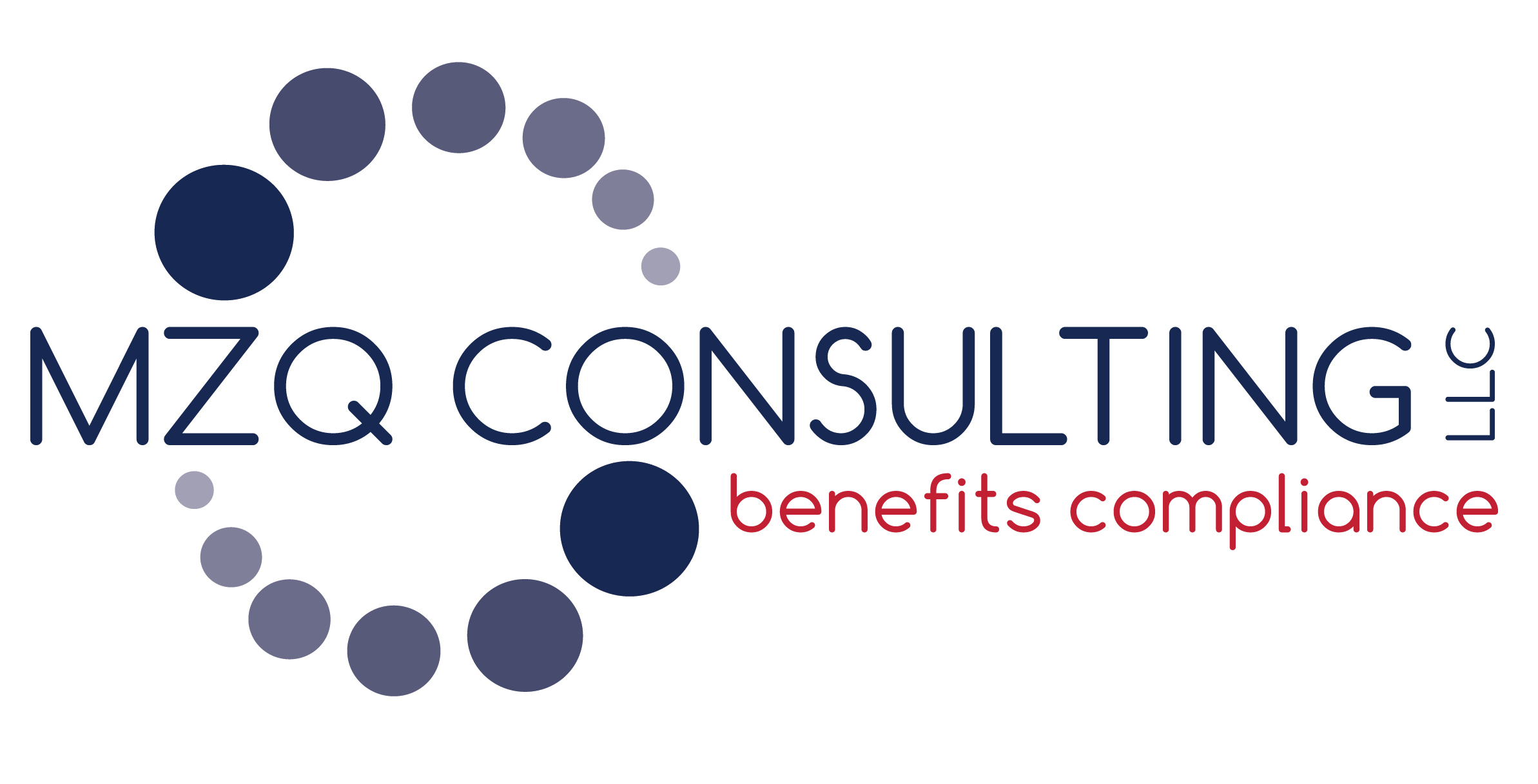Take this Permission Slip
What is it that holds you back? What pushes your employees or peers to burn themselves out? What halts growth and stifles innovation? What keeps cultures from overcoming periods of apathy? Some might point to poor company culture, faulty leadership, or even personal mental health and wellness. But one thing ties them all together—permission.
Five Cost-Effective Employee Retention Strategies
Moving into 2023, employees want more and are getting more than ever before: with technologies advancing, more jobs being added to the market, and open communication bringing new employee benefit rhetoric. To maintain positive relationships, employers need to leverage their resources to address employee satisfaction and engagement.
New Data: Four Things Employers Should Be Paying Attention To
MetLife recently published its annual Employee Benefits Trend Study, which offers a wealth of new data to give insight into the current employee experience and how employers can respond to new challenges and trends affecting employees.
We’ll summarize four critical lessons from the 2023 report and outline how employers can use them to help prepare their businesses for the future. Read more
Federal Judge Vacates ACA Preventive Care Coverage Requirements
Last Thursday, U.S. District Court Judge Reed O’Connor of the Northern District of Texas issued a final judgment that strikes down portions of the Affordable Care Act’s (ACA) preventive care coverage requirement.
Read more
Telehealth: More Than Just a Trend
Telehealth, or telemedicine, gained traction during the pandemic, but it was around long before that. In fact, the history of telehealth goes back so far that many reading this were probably not alive when it started!
The history goes as far as the 1800s, when the invention of the telegraph allowed for medical supplies to be ordered and delivered during the Civil War, as well as allowing for long-distance medical consultations. One of the earliest and probably most famous uses of telehealth was in the late 1950s and early 1960s when a closed-circuit TV link was established between the Nebraska Psychiatric Institute and Norfolk State Hospital for psychiatric consultations. Read more
Webinar: RxDC Is About More Than Just Prescription Drug Spending
 Join Q4intelligence and Jennifer Berman of MZQ Consulting for a webinar on April 25, 2023, with an overview of the latest updates in employee benefits!
Join Q4intelligence and Jennifer Berman of MZQ Consulting for a webinar on April 25, 2023, with an overview of the latest updates in employee benefits!
The Federal Centers for Medicare and Medicaid Services Publishes 2022 RxDC Reporting Instructions
The federal Centers for Medicare and Medicaid Services released the 2022 instructions for the prescription drug and health care spending data collection (RxDC) requirement on Monday, March 27, 2022. RxDC is the new federal health and prescription drug claims and plan spending reporting requirement that affects employer group health benefit plans of all sizes and funding structures.
Read more
Navigating Uncertainty and Crisis: The Art of Adaptive Leadership
Leading in turbulent times is not easy.
Navigating crisis and change, like a recession or restructuring of an organization or roles, requires that we feel human and allow ourselves to be vulnerable and adaptive. Organizations must learn and practice adaptive leadership to survive change and keep innovation on the horizon. By learning and developing adaptive leadership behaviors, businesses can harness the talent around them, survive change, and continue innovating for the future. Read more
2024 Employer Mandate Penalties Released
The Affordable Care Act (ACA) requires applicable large employers (ALEs), meaning employers that averaged at least fifty full-time employees (including full-time equivalent employees) during the preceding calendar year, to offer at least 95% of their full-time employees and the children of those employees who are under age 26 medical coverage that qualifies as minimum essential coverage.
Read more


